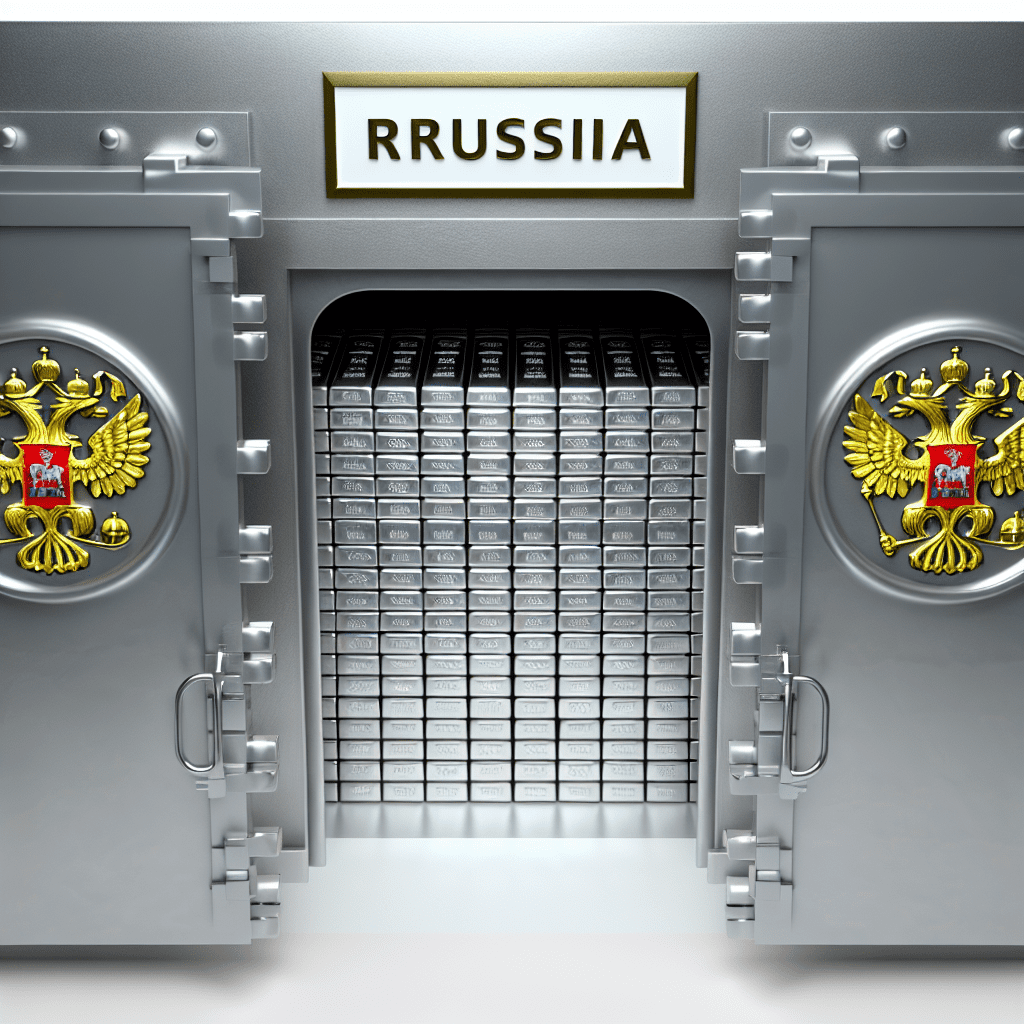According to Gold Telegraph, Russia is “likely” acquiring silver for its reserves, creating ripples in the precious metals markets. This marks the first time a central bank has been reported actively accumulating silver, representing a significant shift in global reserve strategies and a “monumental” moment for silver.
A New Era if Russia is Buying Silver
In its 2025–2027 Federal Budget, Russia has allocated $535 million for purchasing precious metals, specifically including silver alongside gold, platinum, and palladium.
This is the first instance during the ongoing precious metals bull market that any central bank has disclosed silver purchases for state reserves.
If Russia is indeed buying silver, it could be contributing to the rise of this precious metal to a 14-year high, with prices exceeding $42/oz in September, marking an increase of nearly 28% year-to-date.
This action goes beyond finances; it underscores silver’s strategic relevance as supply deficits and industrial demand rise.
Other Countries are Buying Gold
Silver’s surge coincides with a record spree in gold purchases over multiple years. Central banks around the world are projected to acquire 1,000 metric tons of gold in 2025, marking the fourth consecutive year at these high levels.
Key gold purchasers include Poland, Turkey, and China, with Russia increasing its gold exports to China. Across Europe and Asia, gold is being bought not only for financial stability but also as a strategic hedge against currency devaluation and geopolitical uncertainties.
Both gold and silver are reaching new records. Gold achieved an all-time high of US$3,667/oz on September 9, 2025, driven by economic instability and soaring central bank demand.
Meanwhile, silver is achieving new highs across various currencies and regions, consistently setting weekly records. The gold-silver ratio, which was once above 100:1, now showcases silver’s growing strength as gold’s “precious metal sister” steps into the spotlight.
A Vote of No-Confidence in Fiat Currencies
Central bank purchases fuel scarcity and elevate prices. As these institutions shift their reserves from the dollar to metals, gold and silver embody a vote of no-confidence in fiat currencies. This drives inflation-hedge narratives and intensifies supply constraints, resulting in higher prices.
For Bitcoin and digital assets, the situation presents a double-edged sword: escalating gold and silver prices emphasize inflation risks, enhancing the allure of hard assets and attracting more capital to alternative value stores. Yet, it also indicates that Bitcoin is now competing in an arena where governments are hedging with tangible assets, not only digital ones.
If Russia is indeed acquiring silver, it confirms that even “minor” markets can experience significant pressure when central banks take action.


